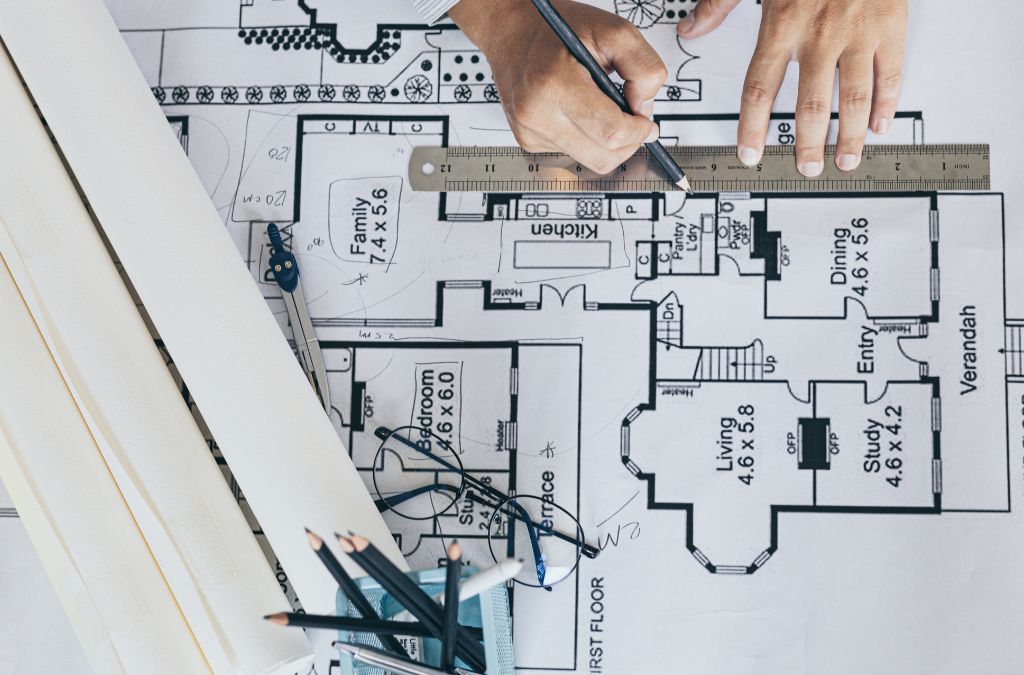
-
Table of Contents
- The Future of Architecture: Embracing Technology and Sustainability
- Technological Innovations in Architecture
- Sustainable Architecture Practices
- Case Studies: Innovative and Sustainable Architecture
- The Edge, Amsterdam
- Bullitt Center, Seattle
- Bosco Verticale, Milan
- The Role of Policy and Education
- Challenges and Opportunities
- Looking Ahead
The Future of Architect: Embracing Technology and Sustainability
The architectural field is undergoing a significant transformation driven by technological advancements and a growing emphasis on sustainability. This article explores how these two forces are shaping the future of architecture, offering insights into emerging trends, innovative practices, and the potential impact on our built environment.
Technological Innovations in Architecture
Technology is revolutionizing the way architects design, plan, and construct buildings. Several key innovations are at the forefront of this change:
- Building Information Modeling (BIM): BIM is a digital representation of the physical and functional characteristics of a facility. It allows architects to create detailed 3D models that can be used for planning, design, construction, and management.
- 3D Printing: This technology enables the creation of complex architectural components with precision and efficiency. It has the potential to reduce waste and lower construction costs.
- Virtual Reality (VR) and Augmented Reality (AR): VR and AR are transforming the way architects present their designs. Clients can now experience a virtual walkthrough of a building before it is constructed, providing a more immersive understanding of the space.
- Smart Materials: These materials can change their properties in response to environmental conditions. Examples include self-healing concrete and thermochromic glass, which can improve the durability and energy efficiency of buildings.
Sustainable Architecture Practices
Sustainability is becoming a cornerstone of modern architecture. Architects are increasingly focused on creating buildings that minimize environmental impact and promote the well-being of occupants. Key practices include:
- Green Building Certifications: Certifications such as LEED (Leadership in Energy and Environmental Design) and BREEAM (Building Research Establishment Environmental Assessment Method) set standards for sustainable building practices. Achieving these certifications demonstrates a commitment to environmental responsibility.
- Energy-Efficient Design: Architects are designing buildings that use less energy through passive solar design, natural ventilation, and high-performance insulation. Renewable energy sources, such as solar panels and wind turbines, are also being integrated into building designs.
- Water Conservation: Sustainable buildings often incorporate systems for rainwater harvesting, greywater recycling, and low-flow fixtures to reduce water consumption.
- Use of Recycled and Local Materials: Using materials that are recycled or sourced locally reduces the environmental impact of construction and supports local economies.
Case Studies: Innovative and Sustainable Architecture
Several projects around the world exemplify the integration of technology and sustainability in architecture:
The Edge, Amsterdam
The Edge is often cited as one of the most sustainable office buildings in the world. Located in Amsterdam, it features a range of smart technologies, including a building management system that optimizes energy use. The building is powered by solar panels and uses rainwater for non-potable purposes. It has achieved a BREEAM rating of “Outstanding.”
Bullitt Center, Seattle
The Bullitt Center in Seattle is designed to be one of the greenest commercial buildings globally. It features a rooftop solar array, a rainwater-to-potable water system, and composting toilets. The building is net-positive for energy, meaning it generates more energy than it consumes.
Bosco Verticale, Milan
Bosco Verticale, or “Vertical Forest,” in Milan consists of two residential towers covered in trees and shrubs. This design not only provides aesthetic value but also improves air quality, reduces noise pollution, and regulates temperature. The project demonstrates how urban architecture can incorporate natural elements to enhance sustainability.
The Role of Policy and Education
Government policies and educational programs play a significant role in promoting sustainable and technologically advanced architecture. Policies that incentivize green building practices and the use of renewable energy can drive widespread adoption. Educational institutions are also updating their curricula to include courses on sustainable design and emerging technologies, preparing the next generation of architects to lead the way.
Challenges and Opportunities
While the integration of technology and sustainability in architecture presents numerous opportunities, it also comes with challenges:
- Cost: The initial investment for sustainable materials and technologies can be high. However, these costs are often offset by long-term savings in energy and maintenance.
- Regulatory Hurdles: Building codes and regulations may not always keep pace with technological advancements, creating barriers to implementation.
- Skill Gap: There is a need for architects and construction professionals to acquire new skills to work with advanced technologies and sustainable practices.
Looking Ahead
The future of architecture lies at the intersection of technology and sustainability. As these fields continue to evolve, they will shape the way we design and build our environments. Embracing these changes offers the potential to create buildings that are not only more efficient and environmentally friendly but also more responsive to the needs of their occupants.
In conclusion, the architectural profession is poised for a transformative era. By leveraging technological innovations and prioritizing sustainability, architects can create spaces that are both functional and harmonious with the natural world. The examples and practices highlighted in this article provide a glimpse into the exciting possibilities that lie ahead.